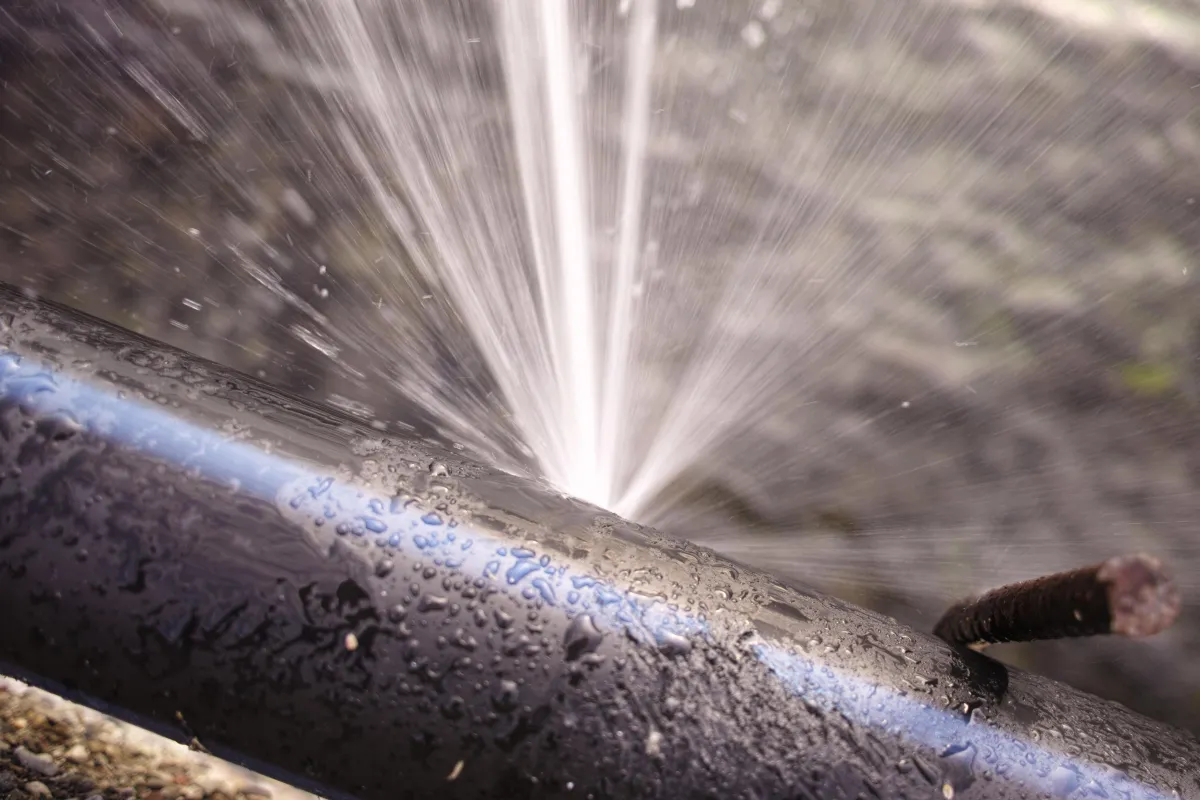Leak Detection Business - Strategy Articles
From getting customers to delivering your services,
get our expert opinion and make managing your business easy!

Tracer Gas Volume and Usage
Tracer Gas Volume
Tracer gas volume calculation is important prior every use of SNIFFER430 for leak detection? Of course each pipe has its own length and diameter. Also, you may need to apply different levels of pressure.
The formula to evaluate amount of gas is simple: Gas Amount = π x L x D^2/4 x P, where L is the pipe length, D is piping’s internal diameter, P is applied pressure.
Example:
Let say, you have 100 meter long pipe with 100 mm diameter. You plan to pressurize it by 1 bar pressure. Therefore, you will need 785 liters of at 1 bar pressure.
Few Practical Tips:
In most cases, you do not need to remove all water from tested piping to perform tracer gas leak test.
Take into consideration that a leaking pipe will constantly loose gas.
You can assess tracer gas volume needed by accumulating water drained from the pipe.
Tracer Gas Usage
The usage rate of tracer gas tanks varies based on factors such as tank size, the type of tracer gas, and the specific application. Tracer gas tanks are available in different sizes, ranging from small disposable cylinders to large, refillable tanks that can hold several hundred cubic feet of gas. The size of the tank and the gas required for a particular application will determine the usage rate. For instance, if the tracer gas is used to detect leaks in a large industrial system, a larger tank may be necessary to maintain the required gas concentration over a longer period. Conversely, detecting leaks in a small pipeline might only require a smaller tank to supply the necessary amount of gas. It is crucial to estimate the usage rate of a tracer gas tank beforehand to ensure there is sufficient gas for the intended application.
Some leak detection experts assume that a 2200 psi tracer gas (nitrogen/hydrogen) tank is half full at 1100 psi. However, this is not accurate. If the initial tank pressure is 2200 psi, the gas is half consumed when the pressure drops to 1555 psi, not 1100 psi. For example, a tracer gas tank starting at 2200 psi with 1100 psi remaining has half the original pressure but only 25% of the gas left. As the gas flow remains constant, the pressure decreases more rapidly as the tank empties. By calculating Tracer Gas Usage, you can plan effectively and bill your customer more fairly. Refer to the chart below for a better understanding of tracer gas usage rates.
Determining Tracer Gas Fee Example:
Beginning pressure = 1700 psi (60% remaining)
Ending pressure = 1200 psi (30% remaining)
Tracer gas tank refill cost = $200
Tracer gas markup = 30%
Tracer gas fee = (% remaining begin – % remaining) x tank fill cost x (1 + markup %) (0.60 - 0.30) x $200 x 1.3 = $78 Tracer gas fee
Water Leak Detection - Business Resources




